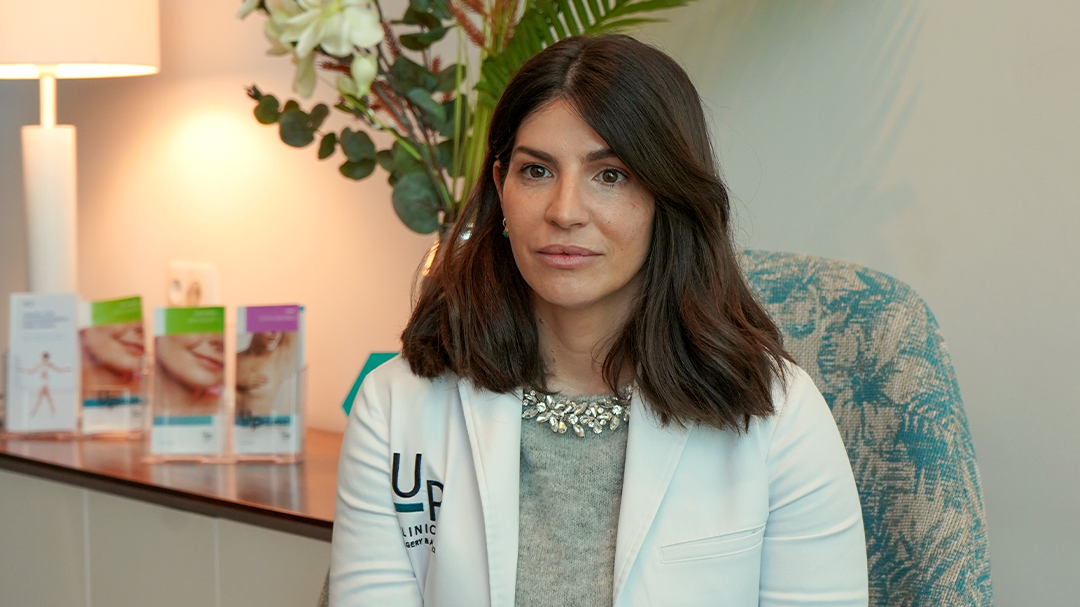You’re not a baseball pitcher. Here are the facts (not my opinions), from the newest research in top medical journals, such as The Lancet, British Journal of Sports Medicine, American Journal of Sports Medicine, and AI research results (not AI opinions). For the past century, medical practitioners have been offering treatments that do nothing to help your shoulder heal. It continues today.
The past 25 years of research have pushed ‘exercise’ as the cure. But why? Did your shoulder suddenly become… weak? Are you a 12 to 30-year-old baseball pitcher throwing a baseball between 95 to 105 miles per hour, every day? No? Then the exercise has nothing to do with your shoulder. You’ve also been told that you have ‘inflammation’; that is not a diagnosis, it is a symptom of re-injury.
On average, typical current shoulder treatments (now exercise) take between 3 to 6 months in duration, (then ongoing for a lifetime) and 50% of patients will still have their problem after one year. (Imagine if that were true if you had a fracture of your leg! Unacceptable.) Reason? Treating the wrong problem with ineffective treatments.
Let’s begin with shoulder research recommending exercise. It’s the popular trend right now. 98% of shoulder research has been based, directly or indirectly, on overhead throwing of a baseball. Research has studied baseball pitchers (with the most shoulder and elbow injuries) who have had shoulder injuries for more than 3 months. They notice that they have various ‘muscle weakness’. They ‘reverse-hypothesize’ that the weakness was there before the injury and it caused the shoulder to become injured. They are not sure. But an entire treatment industry has been created out of this research to push exercise onto ― you.
Imagine this. You have a broken thigh bone. You’re told to go home, rest it, take painkillers and see how it goes (no cast). Of course, you are unable to walk. Three months later, you enter a research study. You are told, “The muscles of your legs are weak (no walking). Weakness must be the cause of your fracture. You need to exercise for 3 to 6 months to strengthen and balance your muscles to heal your fractured leg.” This is the exact failed reasoning used for shoulder injuries for you and me. Wrong. Weakness is the result of the shoulder injury.
Exercise is making a lot of money for some people, at your expense.
But here’s the kicker (that nearly all practitioners are not aware of). There have been ZERO studies, not one single study that measures muscle weakness in the shoulder, BEFORE an injury, for regular people, like you and me, to show that weakness is the cause of the shoulder problem. Every day, people have never been studied. 35-to-80-year-old people with a shoulder problem – zero studies on muscle weakness ‘before’ injury. Yet, we are all being treated as if we are young professional baseball pitchers. Our problem is not weakness. Our problem is that we have an injury, and the shoulder continues to be re-injured hundreds of times every day and every night. Every time you feel pain, discomfort, tightness, stiffness, or achiness… that is re-injury. So says the top major medical journals.
The most recent cutting-edge studies in The Lancet (2021) and BJSM (2023) find that the best, fastest and most cost-effective treatment ― teach and help a shoulder patient to prevent re-injury at home, at all times. They also found that adding ‘exercise’ to home-treatment “provided no additional benefit”. The American Journal of Sports Medicine (2021) tried adding ‘more’ exercise (thinking maybe it just wasn’t enough). Findings? More exercise failed as well. Because - you are not a baseball pitcher throwing a ball 100 mph every day.
A massive study in the British Journal of Sports Medicine (BJSM) in 2017 reviewed 5,630 treatment studies and found; all conventional shoulder treatments are rated at “Very-low quality of evidence and Very-low quality effectiveness”. Including exercise, laser, ultrasound, tape, acupuncture, manual therapy, etc. They do nothing to stop daily re-injury.
The ratings are: High, Moderate, Low, and Very Low.
Very-low-quality shoulder treatment methods are used everywhere. Terrible.
Imagine you have a heart condition that requires surgery at a local hospital. The surgeon admits, “Here, we only have very low quality of evidence and very low quality of effectiveness of heart procedures. Only 50% of people get better. Ready to sign up for your surgery?” You most probably would run away.
(Speaking of running, I have run out of space this week to talk about Inflammation. But know this: inflammation is a ‘symptom of injury’, not the ‘cause’ of your re-injury. More next week.)
The shoulder fix? Stop re-injury at home, work and play ― all of the time. This is what the newest research in the top medical journals tells us to do. If your medical practitioner isn’t talking to you about this, they are not keeping up with the research. Find another practitioner. Someone who can help you get better in just several weeks (instead of very low-quality effectiveness treatments taking 3 to 6 months, eh hem… exercise). The lie has been exposed. I hope you can get better in just a couple of weeks.
All mentioned studies are available at Dr. Bock’s site, www.fixtheshoulder.com. Dr. Chris Bock, Olympic shoulder specialist, the Pain-FREE Shoulder Clinic, Portimão, +351 282 352 202.












